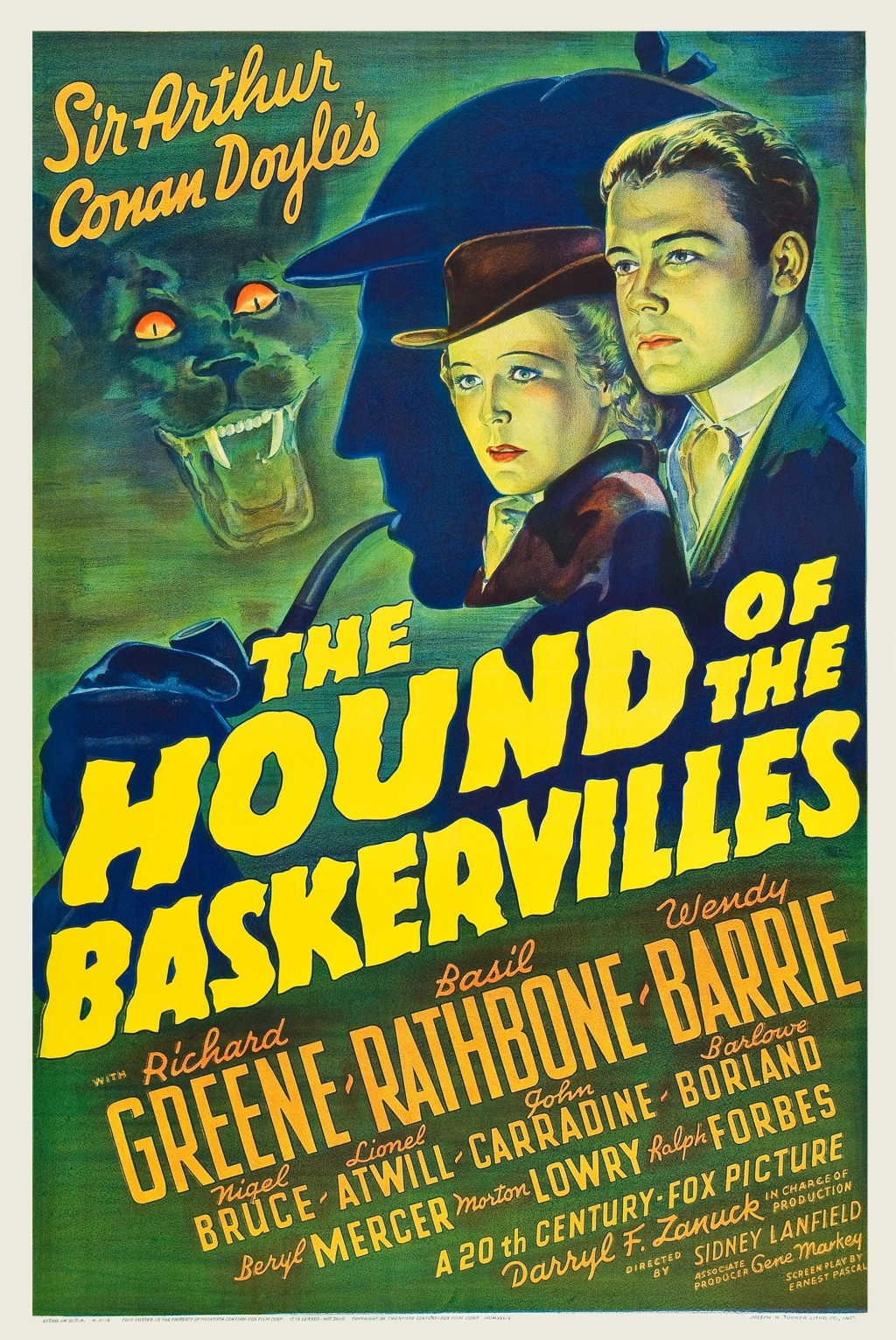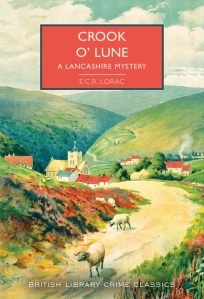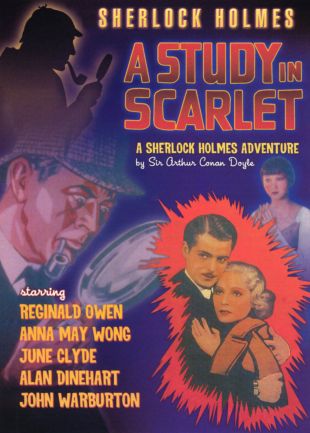
Originally published in 1936
Hercule Poirot #14
Preceded by The A. B. C. Murders
Followed by Cards on the Table
Amy Leatheran has never felt the lure of the mysterious East, but when she travels to an ancient site deep in the Iraqi desert to nurse the wife of a celebrated archaeologist, events prove stranger than she could ever have imagined. Her patient’s bizarre visions and nervous terror seem unfounded, but as the oppressive tension in the air thickens, events come to a terrible climax–in murder.
With one spot of blood as his only clue, Hercule Poirot must embark on a journey not just across the desert, but into the darkest crevices of the human soul to unravel a mystery which taxes even his remarkable powers.
Last week I put the call out on Twitter for my followers – a small but intrepid band – to help me select the title I would read and write about for today’s locked room or impossible crime post. It was quite rightly pointed out that I had somewhat stacked the decks by including a Christie title among the ones offered. While I do not think it was conscious, I suspect that my doing so was rather purposeful. I needed a little extra push to get around to reading Murder in Mesopotamia again so thank you to the Big Four who voted this into the lead.
Before I explain why this novel is not a favorite, let me first recap the scenario. Amy Leatheran is a nurse who is invited to join an archaeological dig to help care for the wife of the leading archaeologist, Dr. Leidner. It seems Mrs. Leidner appears to be nervous though it takes some time for Amy to discover the cause of that anxiety and learn about her past. Soon afterwards she is discovered dead in the bedroom of her house having been forcibly struck on the head. There was only one entrance to the bedroom, which could not have been entered, while the window was shut and barred. Nor was there any sign within the room of an object that might have been used to murder her.
The mystery of the death initially puzzles the local police. Fortunately Hercule Poirot happens to be traveling in the region and he is persuaded to travel to the dig to assist with the investigation. He soon appalls everyone however when he asserts that the murder must have been carried out by someone involved in the dig. With the assistance of Amy Leatheran who documents the case, he begins to look into the matter…
It is the choice of narrator that is largely responsible for my lack of enthusiasm for this title and I am sorry to report that my feelings are not significantly altered. While I think there are some positive things that come of Poirot’s association with a tough and rather straightforward nurse, I find this particular character rather unlikable and I am not a fan of the awkward structure that this then imposes on the novel’s opening chapters.
Some of my issues with Amy Leatheran stem from her personality traits. From the start of the novel she comes off as highly judgmental and occasionally xenophobic, particularly towards Poirot. While I appreciate the idea of undermining some of Poirot’s own pretentious behaviors and quirks, my problem is that I find Leatheran’s less endearing. That is in spite (or perhaps because) of their being quite realistic and well observed. This means that I can find her company something of a chore.
Her role in this particular story requires her to enter as an outsider, both to the characters involved at the dig but also to Poirot. This leads to a certain amount of awkwardness however as it requires a certain degree of setup to be done to explain her presence and then her involvement with the investigation. This would not be such an issue if Christie didn’t also include a rather awkward and frankly quite unnecessary preamble in which we learn how she came to be asked to write this manuscript. All of this slows down the start of the story and leads to it feeling somewhat self-conscious.
The introduction of Poirot is welcome, both in terms of signaling the start of the investigation but also because it gives the proceedings a greater degree of focus. He quickly focuses our attention on some specific questions and pieces of evidence as well as starting to interview the various suspects. This section of the book is done fairly well and I appreciated that those interviews are not presented in full but rather key moments from each are pulled out and put into focus for us.
Poirot is on pretty solid form here. Certainly he has some moments where he not only shows off his brilliance and imagination but also his understanding of people’s characters, drawing some rather striking conclusions at times. More on those later… What I like most though, and this is the one aspect of the narration I think works well, is the sense of Poirot as an outsider. We have had some hints of that in previous stories, perhaps most recently in Three Act Tragedy, but I think this novel presents it as far more significant than most of its predecessors, even if it is not terribly important to the plot.
The main strength of this novel though lies in its depiction of the workings of an archaeological dig and of the types of individuals who might be involved in them. Christie by this stage in her life had quite some experience of digs, having accompanied her archaeologist husband, Max Mallowan, to some. She even is supposed to have drawn on some real people as inspiration for characters in this story. That detail helps the setting and characters feel quite credible, even if the narrator threatens to eschew providing any sort of local color in her narrative.
Let’s turn to the locked room aspect of the story which was, after all, my inspiration for revisiting it this time. The circumstances of the murder are intriguing and I appreciate that the clues are rather limited and relatively subtle. I think it might be fair to suggest that Poirot is rather fortunate that the murderer feels it necessary to commit a second killing as that does push things forward quite a bit and highlight some key aspects of the crime – certainly I cannot imagine him solving it based on the initial pieces of evidence.
There are challenges in accepting some of the aspects of this plot. Much has rightly been made of a rather ridiculous matter of identity and while I think Christie wisely tries to prime the reader early by discussing the idea in generalities, it is really hard to believe that it could work in practice. Some may also feel that the murder method relies on everything working in the killer’s favor and some extremely fortunate timing that they could not have counted on. I am rather more forgiving of this however as I feel that had things not happened that way then the murder would simply have been quickly solved and the case would never have come to Poirot’s attention at all.
Murder in Mesopotamia does have some points that I think do commend it. The setting feels credible and well-observed and while Amy may intend to provide no color, I think this is one of Christie’s more atmospheric locations for a Poirot story. I do also enjoy some of the aspects of the solution. My problem is that there are a couple of points which feel incredible in all the worst senses of that word. Those few ludicrous reveals, coupled with a tiresome choice of narrator, make this hard-going for me.
The Verdict: Not a favorite. The setting and characters feel well-observed but I find Amy Leatheran tiresome and to say a couple of plot points are incredible would perhaps be understating things.




Leave a comment